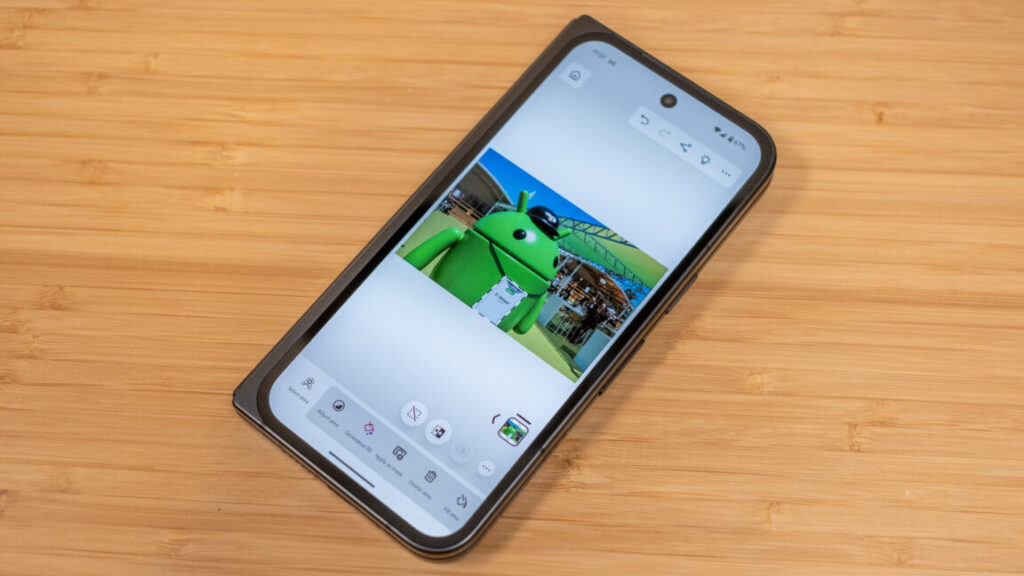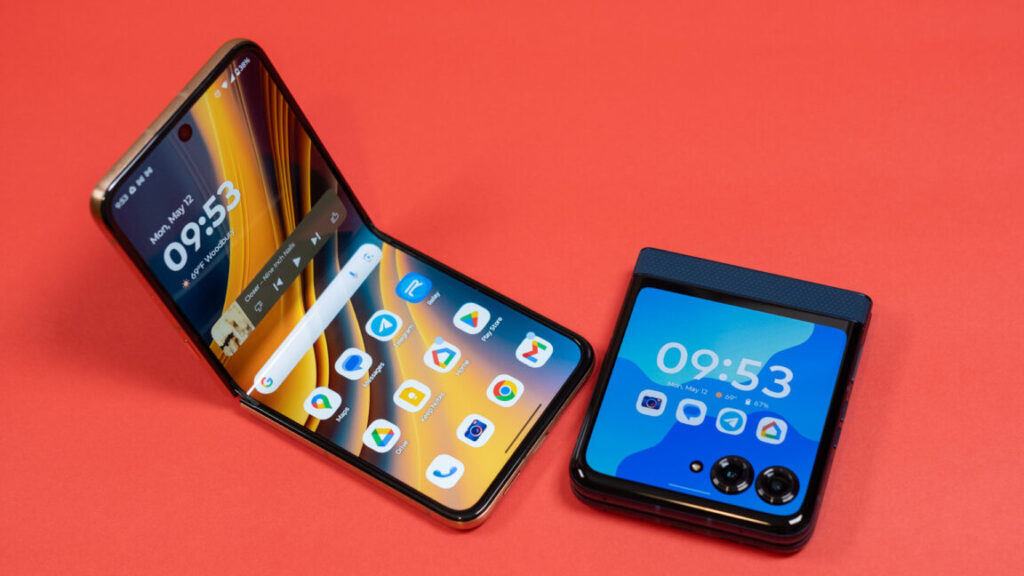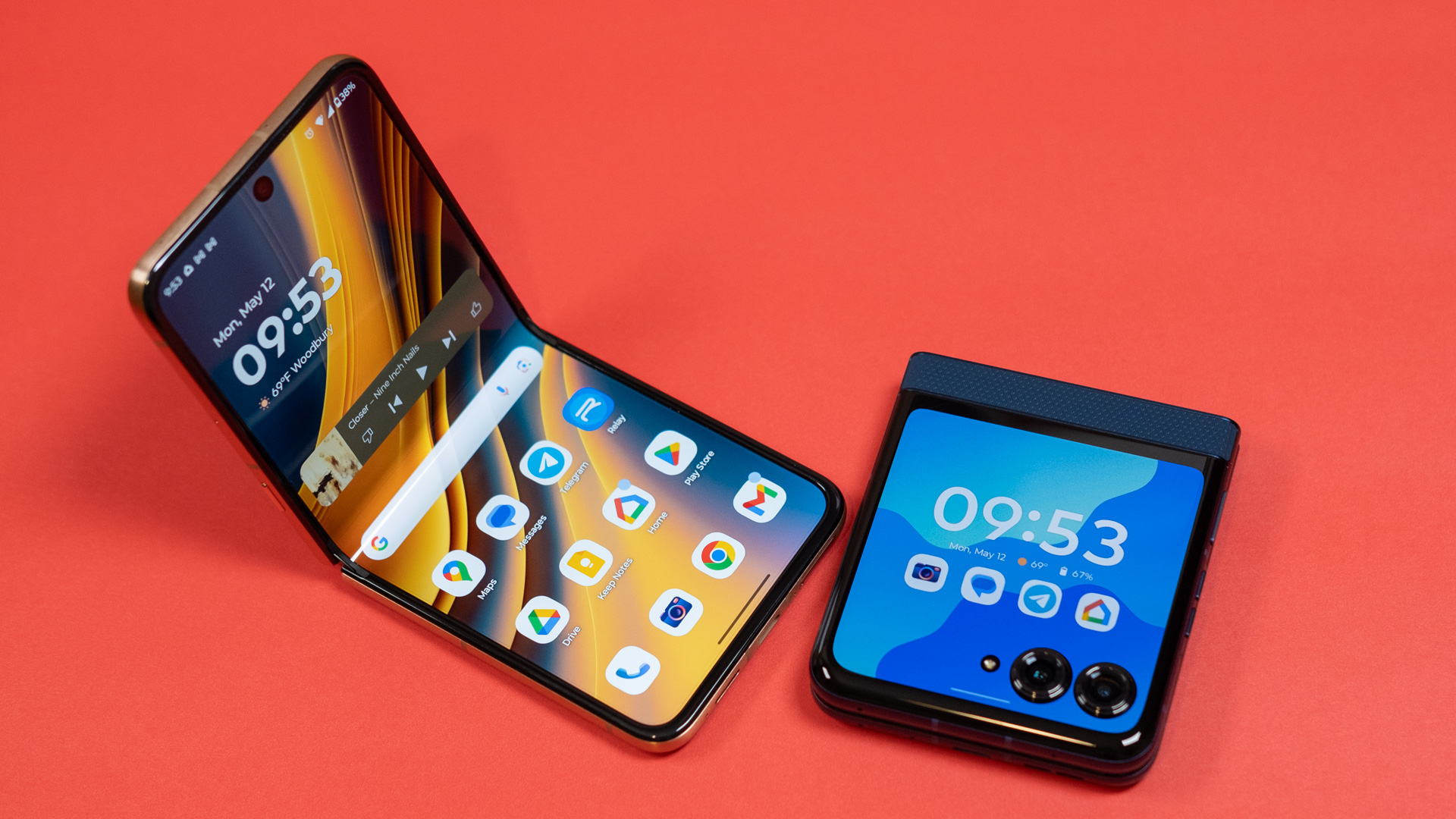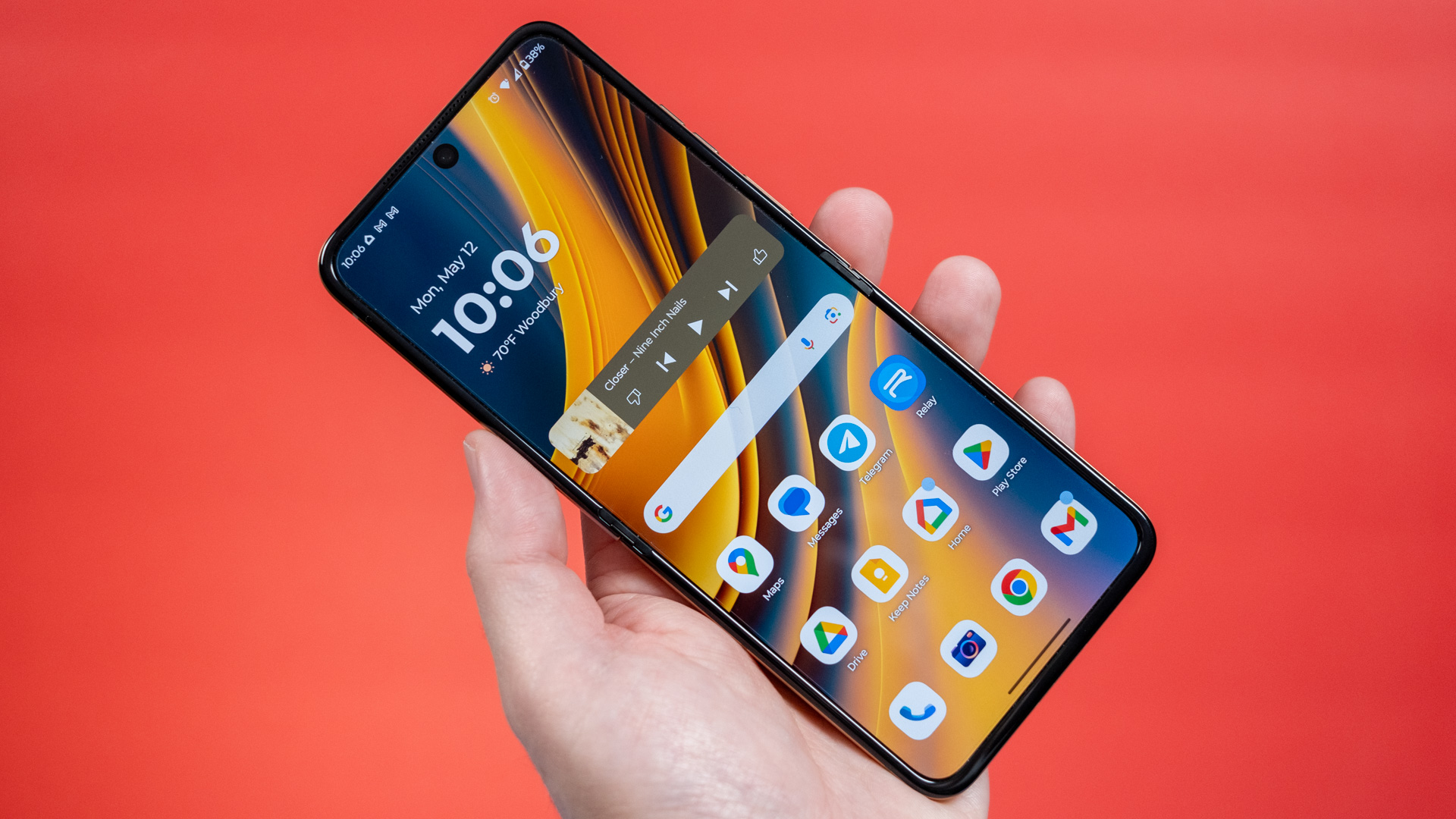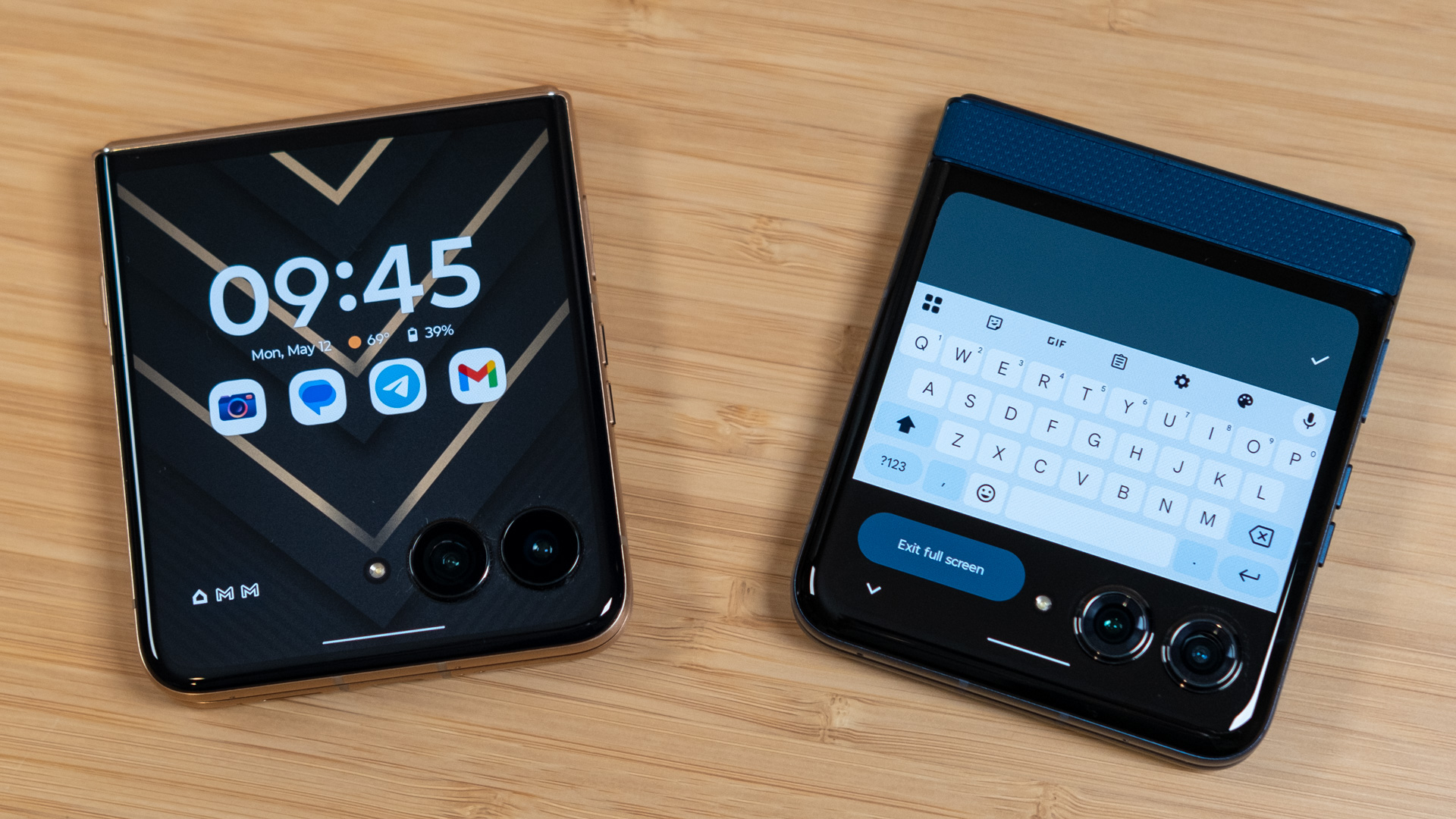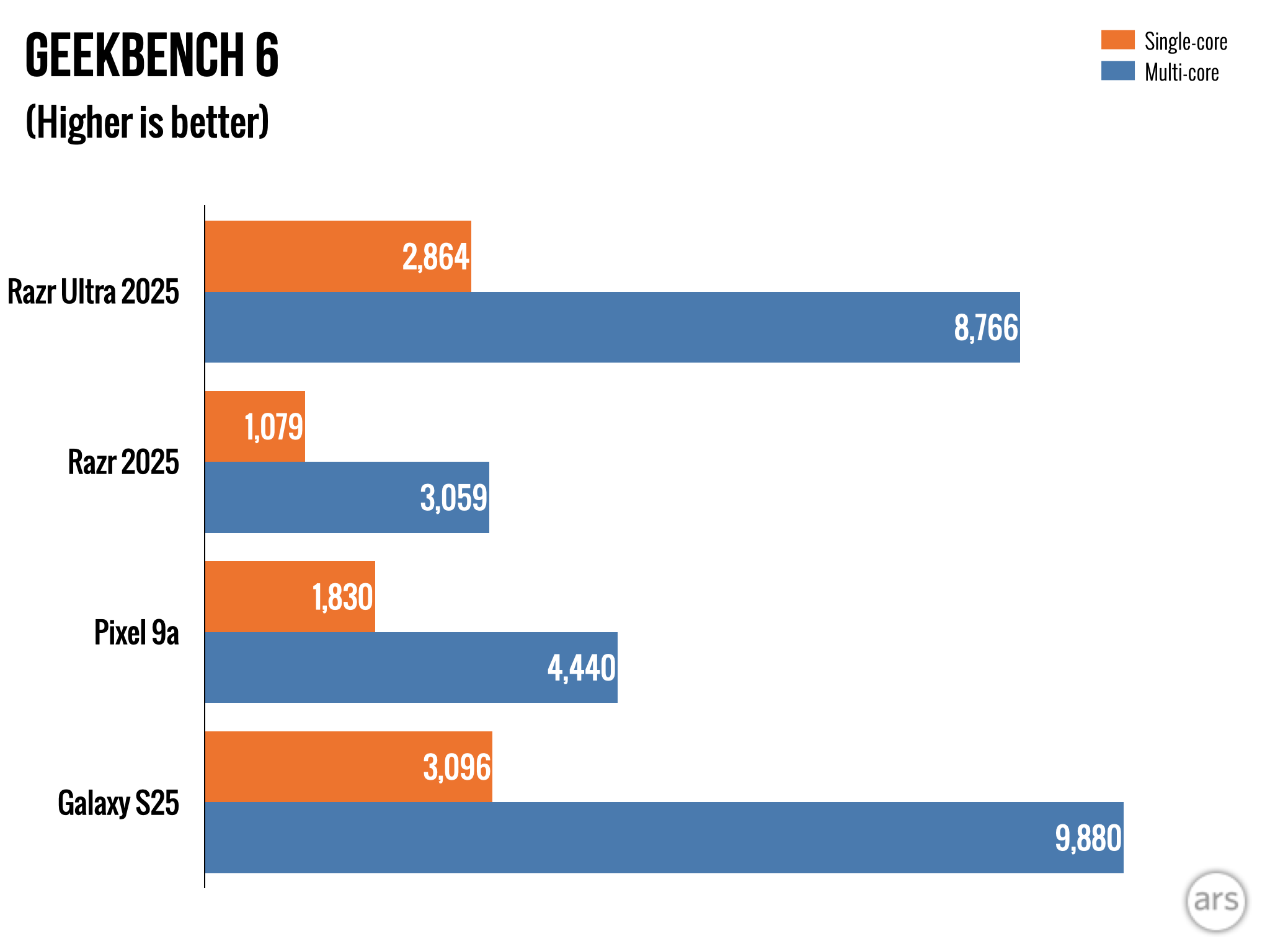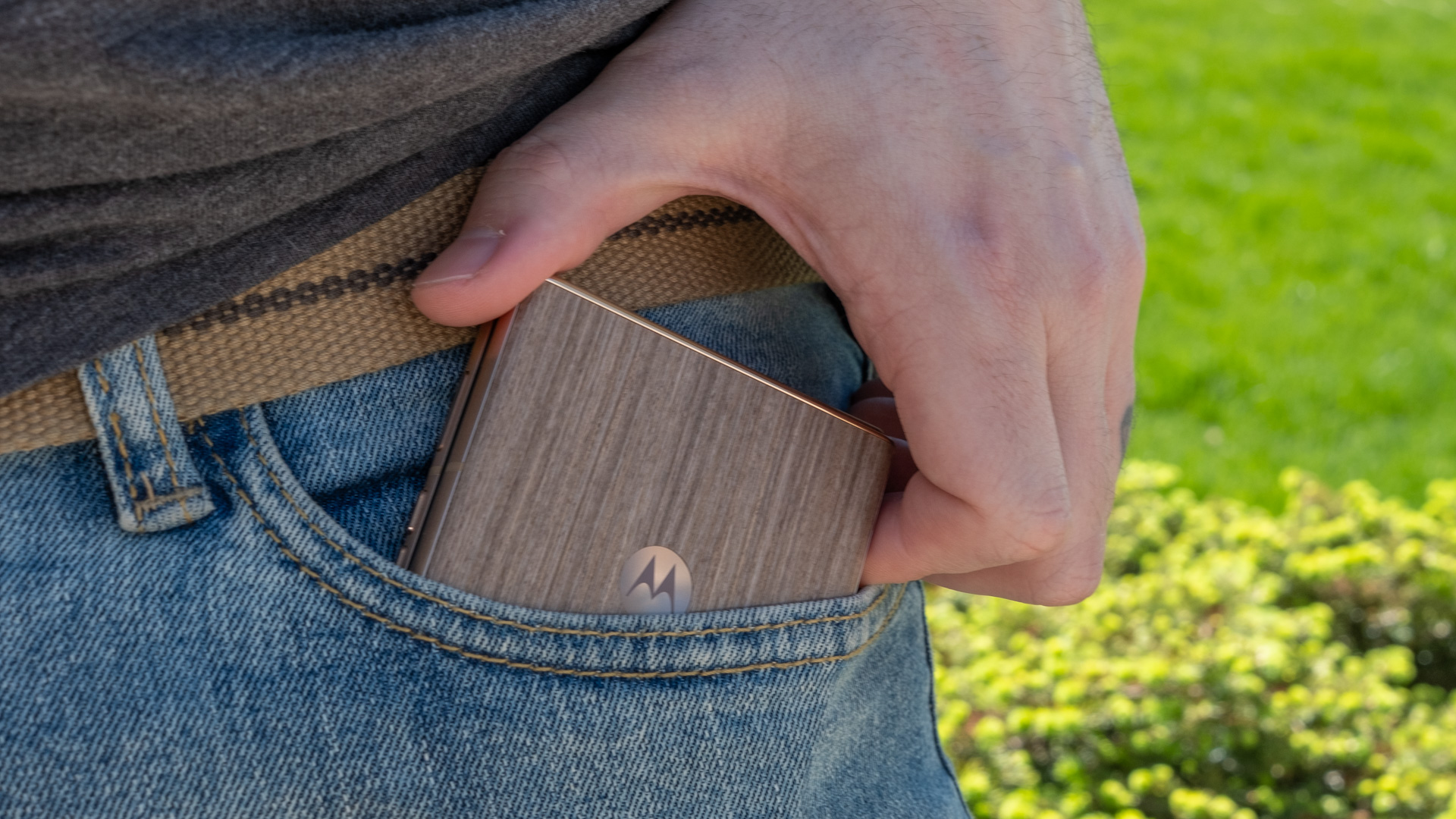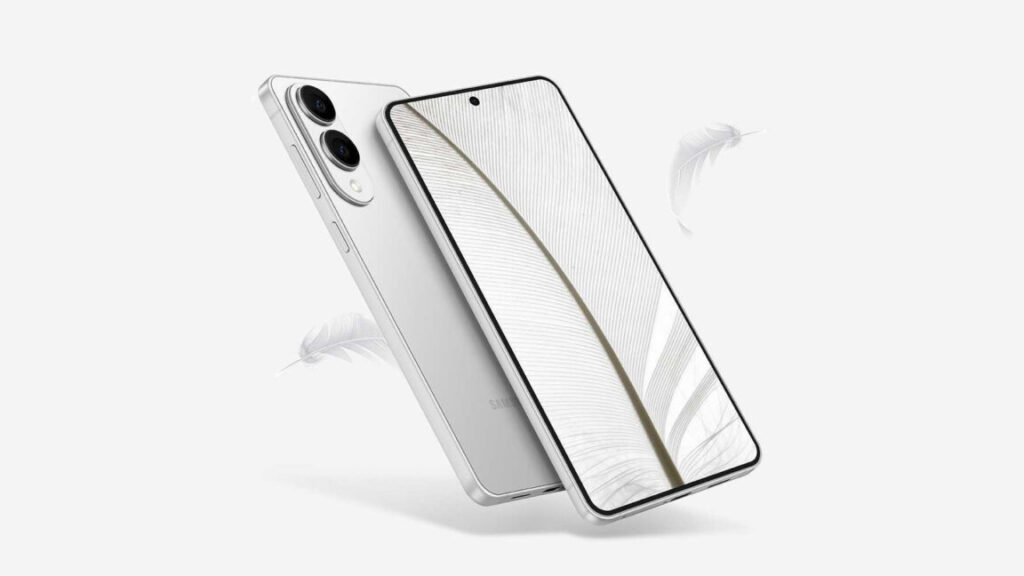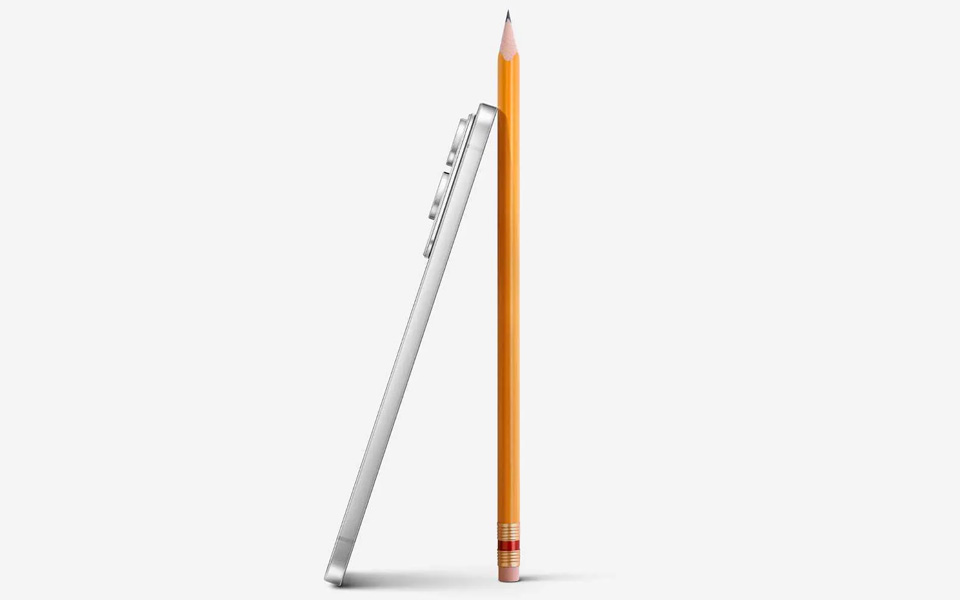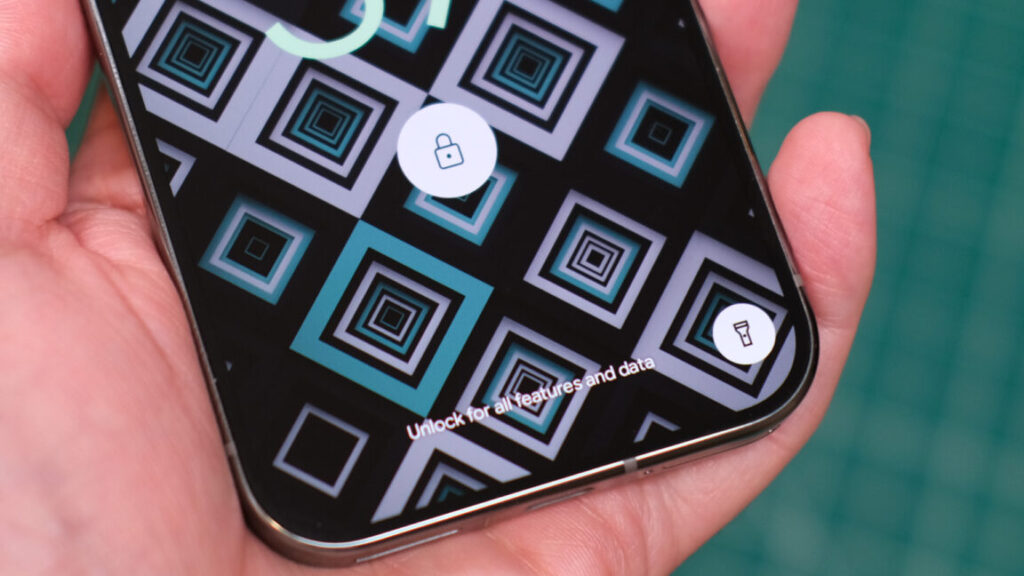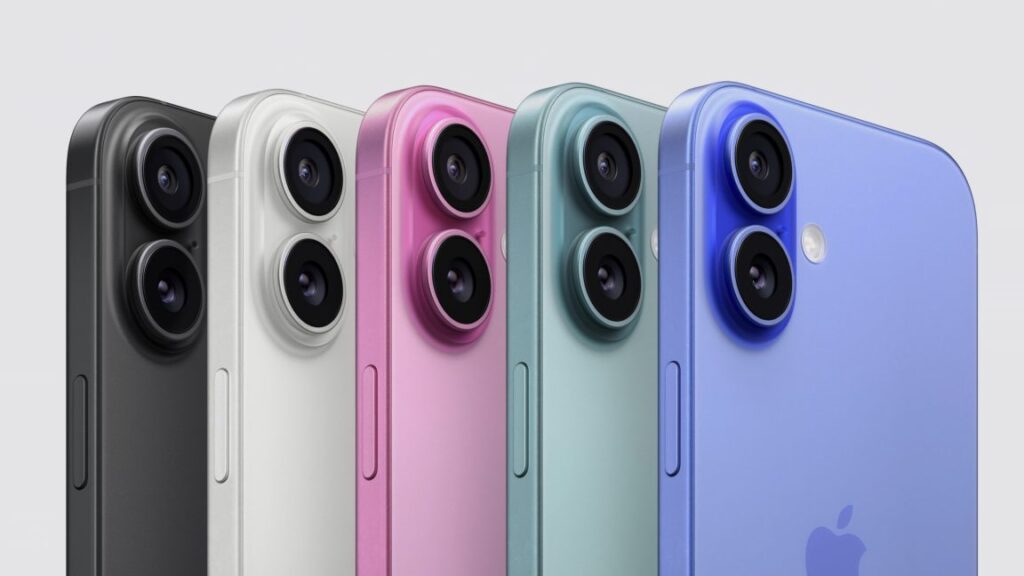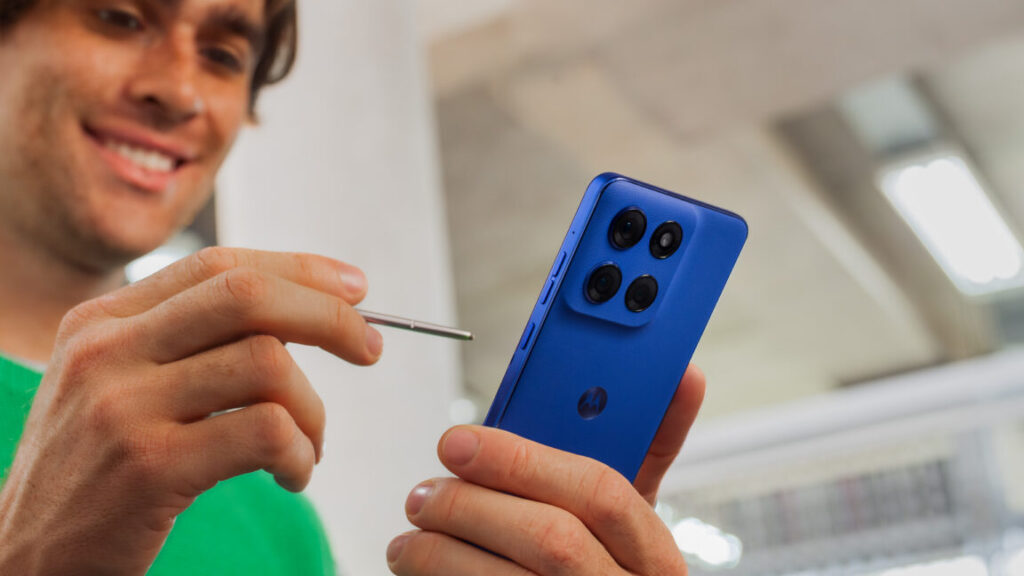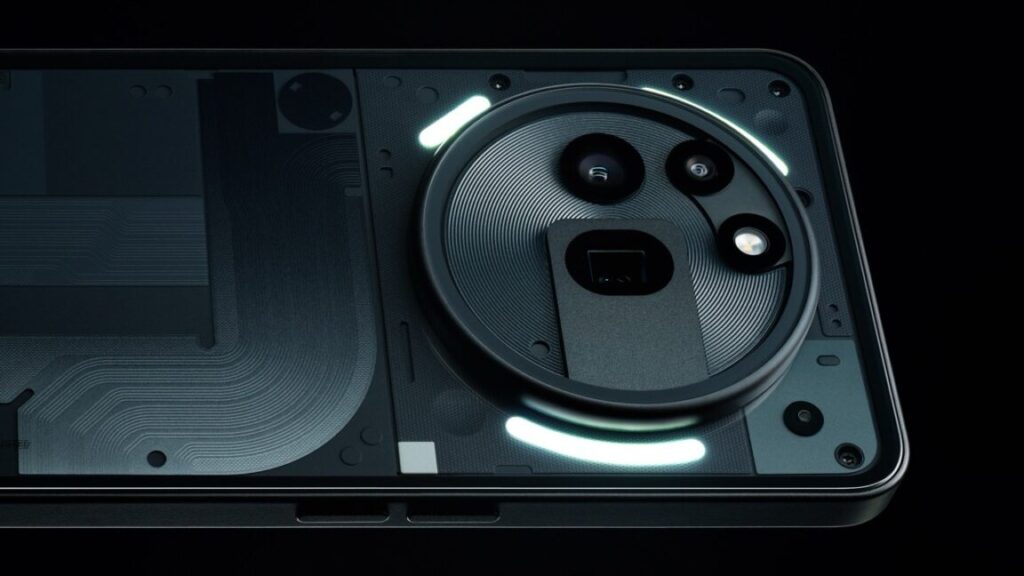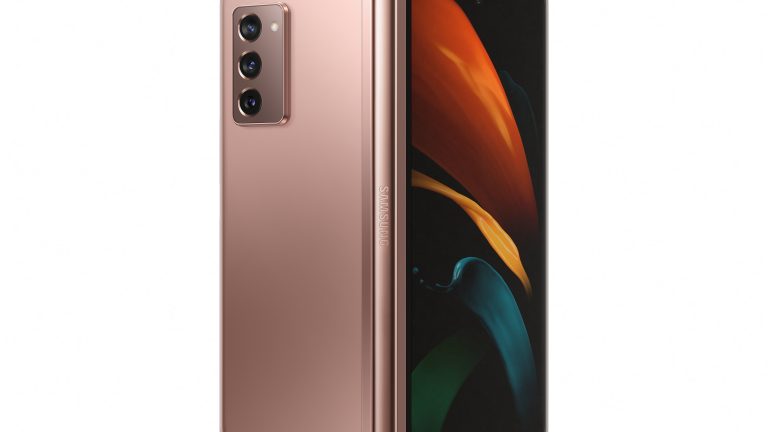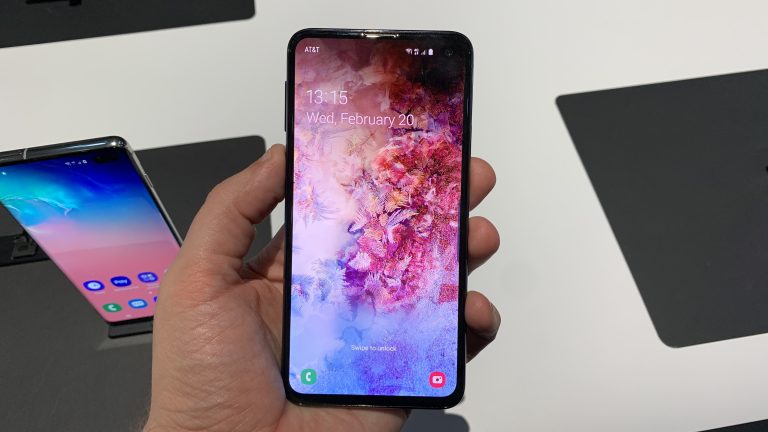Adobe finally releases Photoshop for Android, and it’s free (for now)
Adobe has spent years releasing mobile apps that aren’t Photoshop, and now it’s finally giving people what they want. Yes, real Photoshop. After releasing a mobile version of Photoshop on iPhone earlier this year, the promised Android release has finally arrived. You can download it right now in beta, and it’s free to use for the duration of the beta period.
The mobile app includes a reasonably broad selection of tools from the desktop version of Adobe’s iconic image editor, including masks, clone stamp, layers, transformations, cropping, and an array of generative AI tools. The app looks rather barebones when you first start using it, but the toolbar surfaces features as you select areas and manipulate layers.
Depending on how you count, this is Adobe’s third attempt to do Photoshop on phones. So far, it appears to be the most comprehensive, though. It’s much more capable than Photoshop Express or the ancient Photoshop Touch app, which Adobe unpublished almost a decade ago. If you’re not familiar with the ins and outs of Photoshop, the new app comes with a robust collection of tutorials—just tap the light bulb icon to peruse them.
Photoshop on Android makes a big deal about Adobe’s generative AI features, which let you easily select subjects or backgrounds, remove objects, and insert new content based on a text prompt. This works about as well as the desktop version of Photoshop because it’s relying on the same cloud service to do the heavy lifting. This would have been impressive to see in a mobile app a year ago, but OEM features like Google’s Magic Editor have since become more widespread.
Adobe finally releases Photoshop for Android, and it’s free (for now) Read More »
